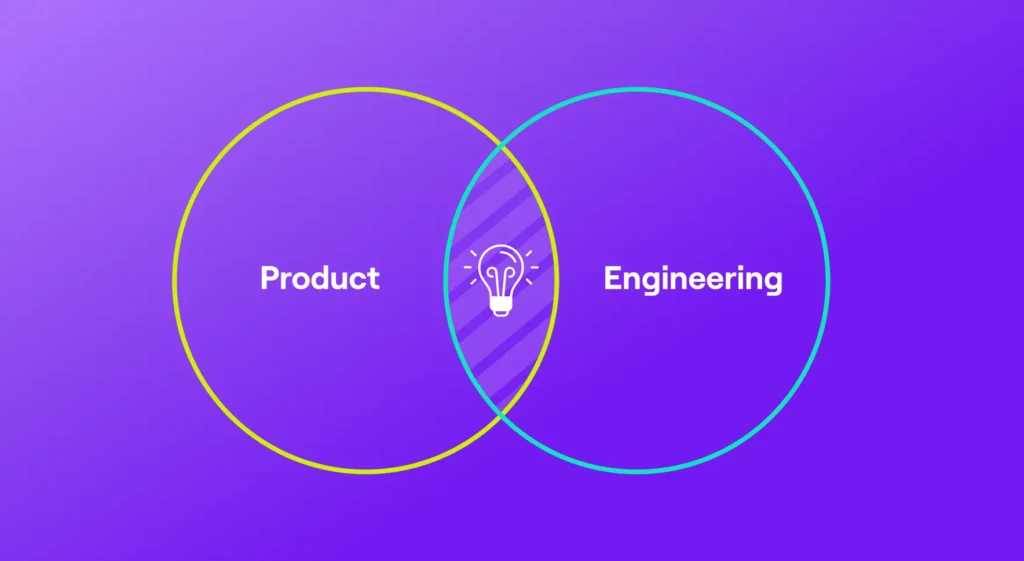The turmoil of 2020 amplified (among other things) many challenges that engineering leaders face as they manage and operate their teams, and plan for success. Technical leaders faced an unprecedented lack of visibility into where and how their teams spent their time, worried about productivity amid universal remote work, and in many cases turned their attention to existing customers in times of economic uncertainty.
At Jellyfish, we continuously strive to better understand and help address these challenges. Our Data Science team analyzed the work of thousands of engineering teams, and surveyed hundreds of engineering leaders. These insights form the basis for our 2021 State of Engineering Management report, which we hope will help software engineering leaders understand where they stand in comparison to their peers.
Lack of visibility persists among engineering leadership
Among the findings of last year’s State of Engineering Management was the fact that poor visibility into the work of their teams posed a significant challenge among engineering leadership. This lack of visibility resulted in misalignment between the expectations from leadership and the actual breakdown of work done by their teams. This finding remained true in our 2021 report. The study found, for example, that engineering leadership underestimates the amount of time their teams end up spending on unplanned work by 81%.
This unintentional misrepresentation of the types of work their teams are doing results in planning, staffing, and product challenges. But engineering and technical leaders are mostly aware of this problem. Many cite visibility as their number one concern. The challenge they strive to overcome is what to do about it.
Misguided focus on productivity
COVID-19 and universal remote work served only to deepen the existing visibility challenges. Many leaders worried about their teams remaining productive through the many distractions of a work-from-home environment. But while engineering leaders cited productivity as a top challenge of 2020, that concern proved largely unfounded. On average engineering productivity actually increased by about 10%.
What may have been a more real concern among leadership was their teams’ Allocation of resources. The types of work that teams did shift dramatically in 2020: 14% more of their time was dedicated to customer support and a whopping 53% more time was consumed by unplanned work. That left less time for planned roadmap and feature work and necessary sustaining engineering and infrastructure work.
Data-driven teams have fared better
Some teams seemed to thrive in 2020 despite challenges on all sides. Data-driven engineering leaders and teams who employed Engineering Management Platforms saw 23% shorter cycle times and resolved 17% more issues than their peers. More importantly, they were found to dedicate 25% more time to innovation and spend 18% less time on customer support bugs and issues.
The 2021 State of Engineering Management report reveals these and other insights. Download the report today and see how your team compares.
And to find out about how Jellyfish’s Engineering Management Platform can help you gain the visibility and alignment you need to be a high-performing engineering organization, learn more at jellyfish.co






